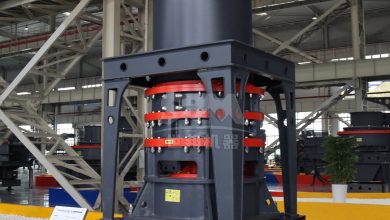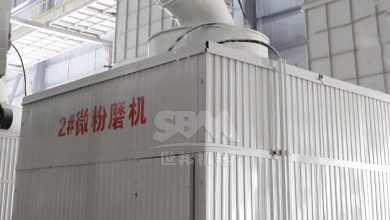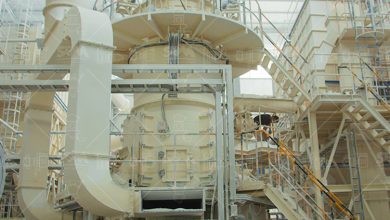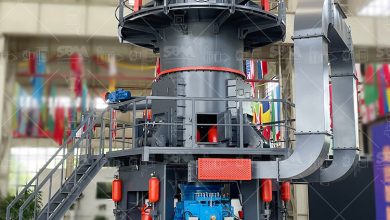Optimizing Grinding Process Parameters: Key Experiments for Improved Mill Performance
Introduction
In the mining and mineral processing industries, optimizing grinding parameters is critical for enhancing mill performance, reducing energy consumption, and improving product quality. This article explores key experimental approaches to optimize grinding processes, with a focus on advanced milling technologies. As a leader in grinding equipment manufacturing, ZENITH offers cutting-edge solutions like the XZM Ultrafine Mill and MTW Series Trapezium Mill, which incorporate innovative designs to maximize efficiency.
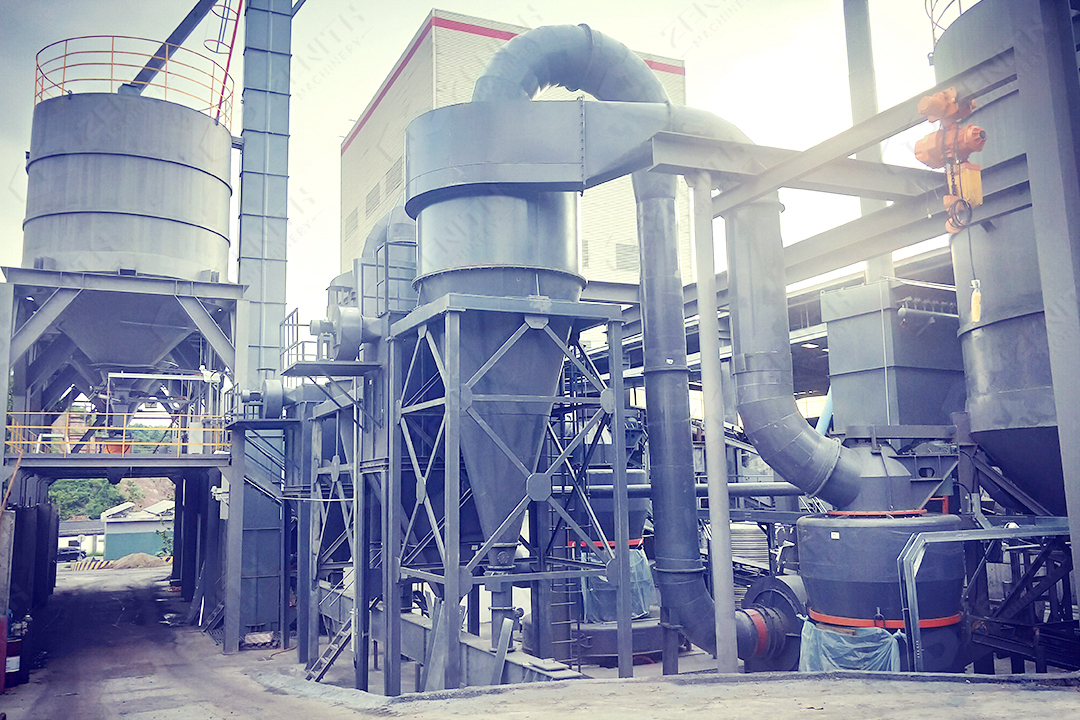
The Importance of Process Optimization
Grinding accounts for approximately 50-70% of total energy consumption in mineral processing plants. Key parameters requiring optimization include:
- Feed particle size distribution
- Mill speed and power consumption
- Grinding media selection and loading
- Pulp density and rheology
- Classification efficiency
Experimental Methods for Parameter Optimization
1. Design of Experiments (DOE) Approach
DOE provides a systematic method to evaluate multiple parameters simultaneously. A case study using ZENITH’s XZM Ultrafine Mill demonstrated:
| Parameter | Optimal Range | Impact on Performance |
|---|---|---|
| Grinding pressure | 8-12 MPa | 30% energy reduction |
| Classifier speed | 120-180 rpm | ±2μm size control |
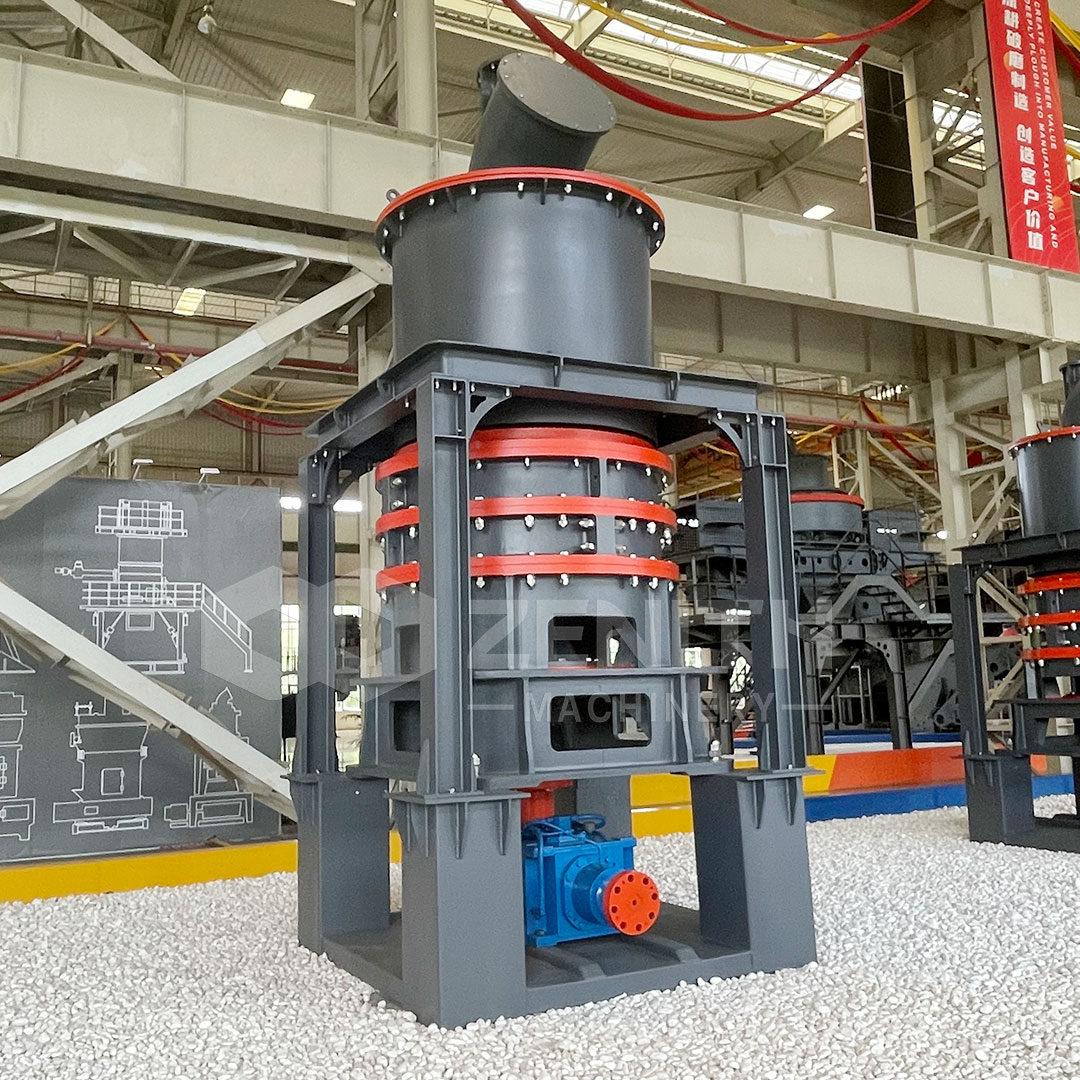
2. Advanced Particle Size Analysis
Modern laser diffraction analyzers help correlate mill settings with product fineness. ZENITH’s mills feature integrated particle size monitoring:
- Real-time feedback to control systems
- Automatic adjustment of classifier speed
- Historical data logging for process optimization
Case Study: MTW Series Trapezium Mill Performance Enhancement
Field tests with the MTW215G model showed remarkable improvements through parameter optimization:
- Feed Size Reduction: Decreasing input from 50mm to 35mm increased throughput by 22%
- Grinding Pressure Adjustment: Optimized spring pressure extended wear part life by 40%
- Airflow Optimization: Curved duct modifications reduced energy consumption by 18%
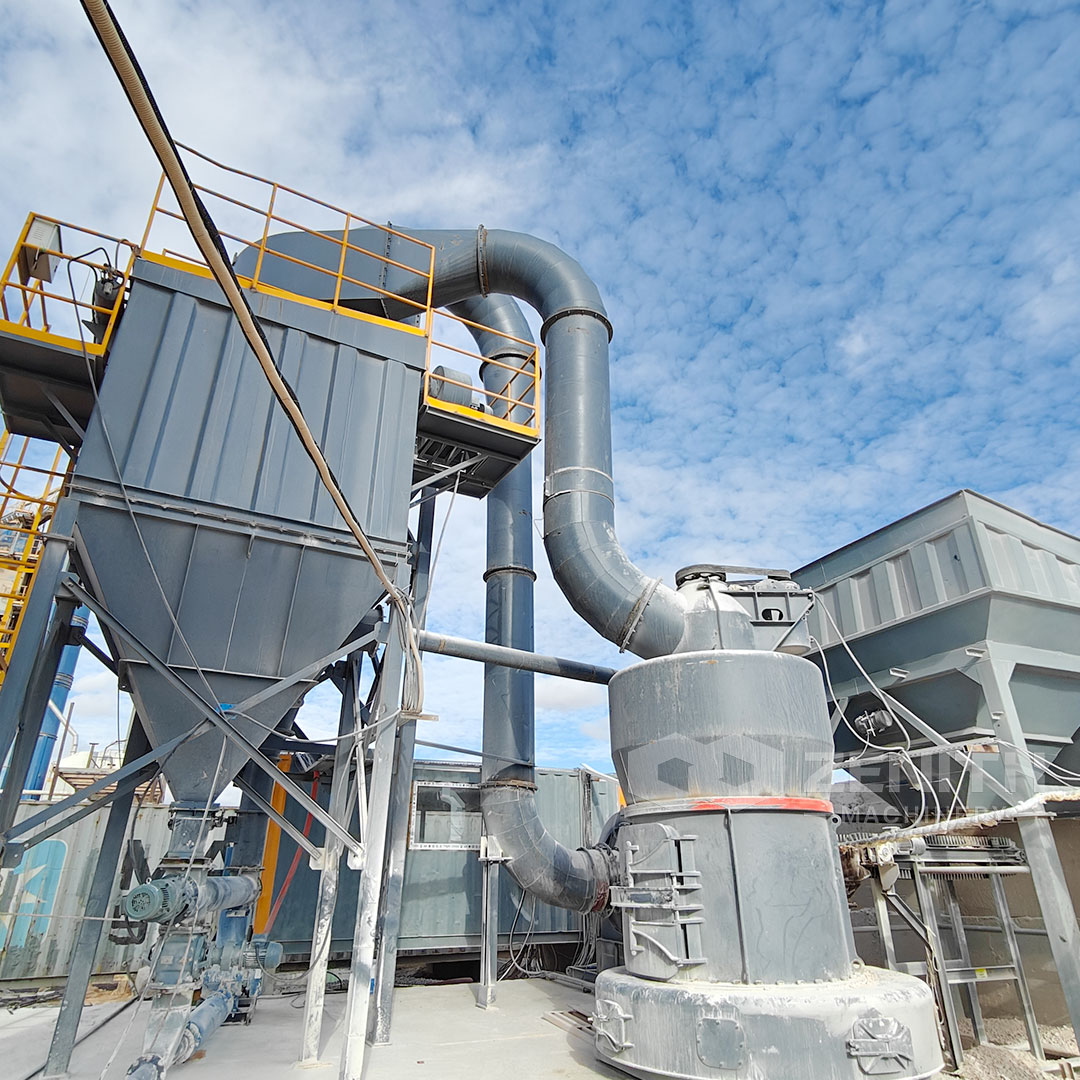
ZENITH’s Technological Advantages
With over 30 years of R&D experience, ZENITH integrates optimization principles directly into mill designs:
XZM Ultrafine Mill Highlights
- Precision vertical turbine classifier for sharp particle cuts
- Energy savings up to 30% compared to conventional mills
- D97 particle size control down to 5μm
MTW Series Key Features
- Conical gear transmission with 98% efficiency
- Wear-resistant shovel design reducing maintenance costs
- Capacity range from 3-45 tons/hour
Conclusion
Systematic optimization of grinding parameters can deliver substantial improvements in mill performance. ZENITH’s advanced milling solutions incorporate these principles at the design stage, offering operators proven tools for maximizing productivity. The combination of proper experimental methodology and high-performance equipment like the XZM and MTW series mills provides a competitive edge in today’s demanding mineral processing environments.


